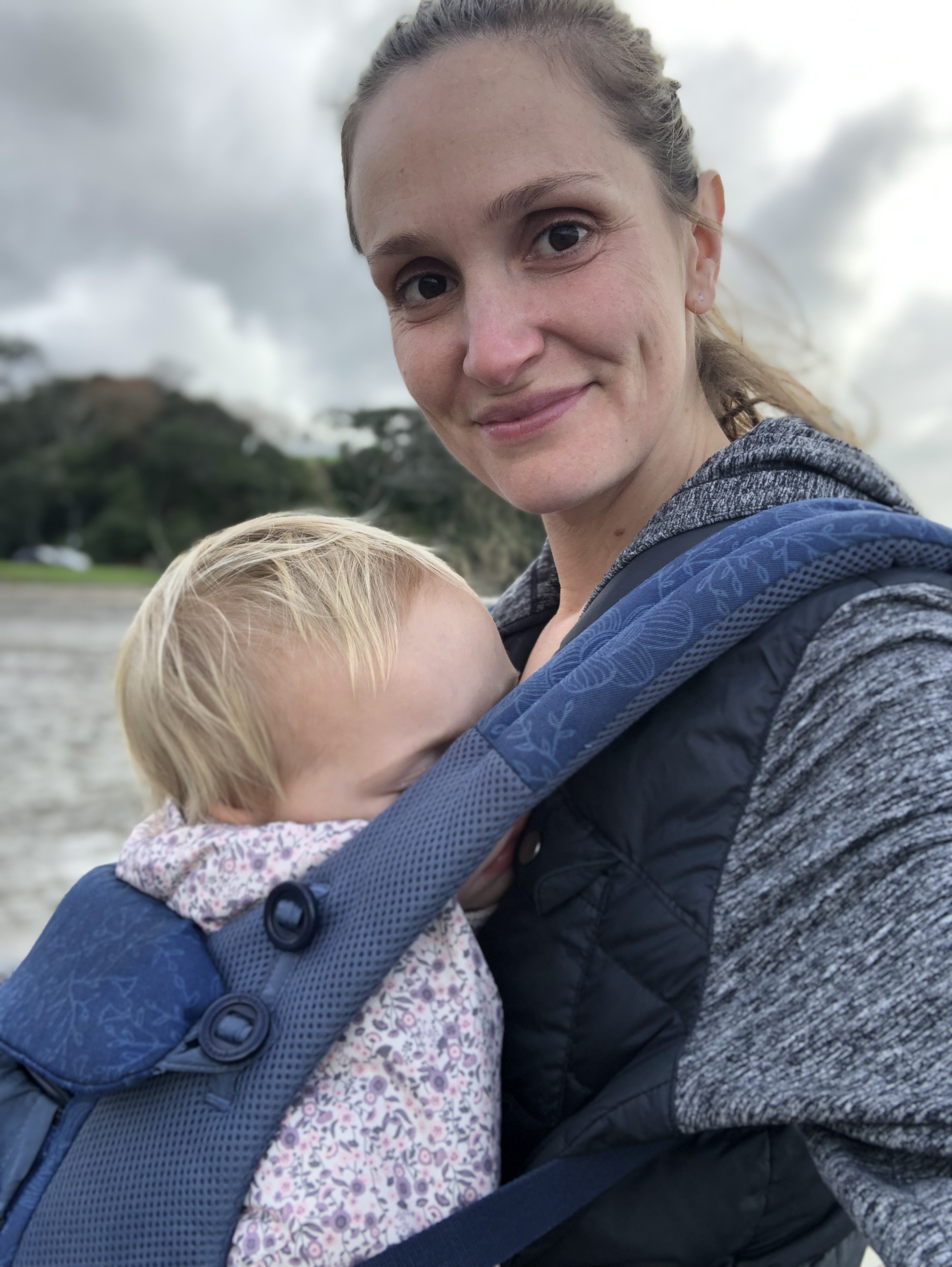Hello fellow Homeschoolers! Happy January – I might be fashionably late to the party, but hey, that’s the beauty of homeschooling, right? We waltz in when we’re ready.
So with this new beautiful year we have the opportunity to set fresh goals, dream a little, and expand our horizons.
Nestle in with a pen and a cup of inspiration. The first post in the Roadmap for the Learning Journey series is all about mapping goals that lead to success.
Here are the six steps I use for setting goals in our little homeschool.
1. Be bold; dream big
Breathe. Shake off any limitations and really dream big. Imagine the kind of growth and learning experiences you want for your homeschoolers this year. Don’t hold back. This first step is really a way of identifying where our values are without limiting ourselves with what we currently believe is achievable.
2. Pause; reflect on the past year
Take a stroll down memory lane – the homeschool edition. What worked well last year? What could use a bit of a makeover? Reflecting on past experiences helps you understand your teaching style, your child’s learning preferences, and areas that might need a little extra TLC this time around.
3. Identify your child’s key interests
This is so important! What does your child want to learn, what areas can you help them develop? Not to mention: we learn better when we’re interested in what we’re learning! It is important to reflect on this regularly because what your child was interested in a year ago may have changed quite a bit.
4. Make broad goals for each subject
Now that you have an idea of the direction you want to make progress in and ways that learning worked or didn’t work last year we can start goal building. List your child’s subjects and interests and write a broad goal under each. Don’t worry about detail yet, just set the direction.
5. Be SMART; refine your goals
Consider each broad goal and try to refine it using the acronym SMART. Make your goal Specific, Measurable, Achievable, Relevant, and Time-Bound.
Specific: define your annual goals then break them down into clear monthly, weekly, and/or daily goals. Consider exactly what will need to happen in order to achieve the goals. For example if you set a goal for your child to progress in their violin lessons, you could break that into a goal of having your child attend a violin lesson once per week and practice at home for 30 minutes each day.
Measurable: how will you measure success? It may be a set amount of time spent on a task, an expression of satisfaction from your child, or a certain pass grade on an end of year exam. However you choose to measure success, you will need to define that now so that you recognise it. And as always, don’t let anyone else define success for your family.
Achievable: your goals must be achievable. Are you being realistic?Otherwise you are really setting yourself and your child up to feel like failures. This is where you must be brutally honest with yourself. What are your capabilities and limitations? What are your child’s? Have you allowed space for both of you to have off days or weeks?
Relevant: goals must be truly beneficial. Don’t set goals for goal settings sake. Do your goals align with your homeschooling beliefs? Are you being suckered into believing you and your child must measure up to someone else’s standard of success?
Time-bound: when do you aim to achieve your goals and at what points will you pause, reflect, and reasses?
6. Pause; celebrate, and adapt
Throughout the year remember to continually pause. Take an honest reflection on your goals and how you and your child are tracking towards achieving them. Do you have some successes or victories to celebrate. Have a pizza party! Do you need to adapt some goals or head in a new direction? Great. You’re paying attention to your child’s needs and that is the foundation of success in the homeschool.
Now that you have a great set of goals your next step is to build a yearly planner that is both specific and flexible. Check out the five steps to creating yours in A Roadmap for the Learning Journey Part Two.
Keep exploring and expanding.
Love, Holly the Homeschool Mum.



Leave a comment